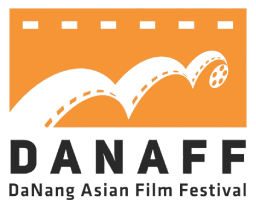Liberated Saigon
Synopsis
Liberated Saigon reenacts key historical events during the final stage of the Vietnam War as Liberation Army forces advanced into Saigon. The film begins with the liberation of Buôn Ma Thuột, which forced the Republic of Vietnam to seek additional U.S. military support while desperately attempting to hold strategic cities like Huế and Đà Nẵng. It continues with the fierce battle at Dầu Giây junction, which opened the Eastern gate to Xuân Lộc and then Saigon, followed by the shelling campaigns that crippled Biên Hòa and Tân Sơn Nhất military airbases. The narrative also covers the political pressure from the U.S. that led to President Nguyễn Văn Thiệu’s resignation and the appointment of a new cabinet under Dương Văn Minh, culminating in the U.S. military evacuation of Saigon by helicopter.
Director's biography
Director Long Vân (1936–2023) was born in Hanoi and joined the resistance movement with his family in Thái Nguyên. At the age of 14, he was sent to study in China alongside future professors Nguyễn Lân Dũng and Hồ Ngọc Đại. After the liberation of Hanoi in 1954, he graduated from a pedagogical institute and worked at the Ministry of Education. Long Vân’s name became closely associated with Liberated Saigon, the first color film of Vietnam’s revolutionary cinema, released in 1985. He later directed a series of significant films such as Liberated Saigon, Tiếng gọi phía trước, Cho cả ngày mai, Nơi gặp gỡ của tình yêu, and Những người không mang họ.



